Cold Noodles with Sesame Sauce
Cold Noodles with Sesame Sauce are also called cold noodles, also known as "over-water noodles". It originated from the Tang Dynasty . It refers to cold noodles. The main ingredients are noodles and vegetables. The ingredients are chilli oil, salt, monosodium glutamate and so on. However, cold noodles in different places have different practices and ingredients.
In many parts of the world, there are cold noodles, which are popular in summer.
Cold noodles, also known as "water surface," the ancient name of "cold pan", legend originated in the Tang Dynasty before Wu Zetian entered the palace, because Wu Zetian and his lover eat Shanxi noodles scalded tongue, so the two people will study a new way to eat cold noodles.
Du Fu, a great poet, once wrote a poem called "cold leaves of the leaves of Sophora japonica". The new noodles come near the market, and the juice is applied to each other. It is cold to snow, and advise people to throw this bead. The poet said that "cold noodles with locust leaves" refers to green noodles made from fresh and tender locust leaf juice and noodles. Green itself is a cold color, coupled with cooked noodles washed over water, will naturally give people a "cool" feeling.
Cold noodles are eaten everywhere, tastes everywhere, and features everywhere, such as cold noodles in the Central Plains (Henan), cold noodles in Sichuan, cold noodles with red oil in Shaanxi, cold noodles with hemp sauce in Shandong, cold noodles with eggs in Guangdong, cold noodles with thick strips in Shanghai, and cold noodles with willow leaves in Shanxi. Tianjin's "cold noodles with brine", Beijing's "cold noodles with vegetable shreds", Lanzhou's "cold noodles with clear soup and beef", Hubei's "cold noodles with fried sauce", and so on.
According to legend, when Emperor Gaozong of the Tang Dynasty, Wu (Wu Zetian), the daughter of the warrior of the Ministry of Works, was selected as a talented person by Emperor Taizong of the Tang Dynasty at the age of 14. At that time, because of her fate, she had to leave her childhood sweetheart boyfriend Chang Jianfeng. When Wu Mei Niang was young, she used to swim in the bay with Jianfeng, and there was a noodle shop at the ferry. Every time they swam across the river, they always went to the noodle shop to eat a bowl. Therefore, he became familiar with the shopkeeper, and often ate light noodles while making, and after a period of time he had a deeper understanding of this. Later, they thought it would be nice to eat a cold noodle in summer. So he and the shop master together with the experiment, and finally developed a kind of soft and delicious rice paste, soft and sticky. Mei Niang and Jianfeng were so happy that they hugged together. When the chef saw the scene, he made fun of the couple. It was better to call it "Cool noodles with rice for husband and wife". It happened that it was Mei Niang's birthday again. The cooked noodles with rice for husband and wife were born in this way. It spread and became a local food that everyone liked to eat. Later, Mei Niang went to Kyoto Changan. Although she and Chang Jianfeng did not become husband and wife, the couple's noodles were handed down.
Later, Wu Mei-niang became empress and missed the idea of "couple rice noodles". On her birthday, she was ordered to cook a bowl of rice noodles for her by the imperial cook. Thus, until her birthday, the steamed rice noodles were still widely eaten in Guangyuan, Sichuan, but in other places, it was almost impossible to eat authentic rice noodles steamed by the empress.
Guangyuan cold noodles, also known as steamed cold noodles, special products of Guangyuan City, Sichuan province. It is produced only in Guangyuan and its neighboring counties and towns. Its taste gradually decreases with the distance from the center of the city. Its appearance is similar to Shaanxi cold skin, but its raw material is rice rather than flour. It can be steamed for 5-8 minutes by spreading a layer of cloth in the drawer cage. After steaming, it can be poured onto a desk covered with sesame oil or rape oil. Cool noodles are chewy, refreshing and can be eaten in a variety of ways. The most common way is to put them in a bowl and add soy sauce, spicy red oil (dense), vinegar (a little), salt, monosodium glutamate, garlic water (chopped garlic and then added water), pepper and cooked oil (refined from clear oil) to make them palatable. It depends on the taste. If you don't want spicy red oil, add cooked oil. Finally, it can be decided by the taste. Add leeks, bean sprouts, celery, peanuts, mustard, etc. (usually with bean sprouts). After mixing, it has 5 flavors: sour, sweet, spicy, spicy and fragrant. Sichuan is full of flavor. The taste is smooth and refreshing. It can be eaten hot or cold. Each has its own flavor.
As the saying goes, "cold noodles are just Jianmen Pass". It shows the magic of Guangyuan rice noodles. From the water and soil of Guangyuan, no taste of Guangyuan cold noodles can be produced anywhere. Some people have tried in Guangyuan, but the taste is very bad, after several tests, no one dare to mention in Guangyuan outside the city to make cold noodles, then become a specialty of Guangyuan.
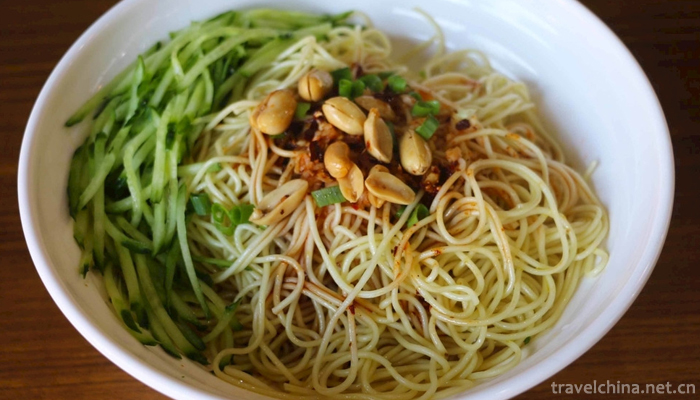
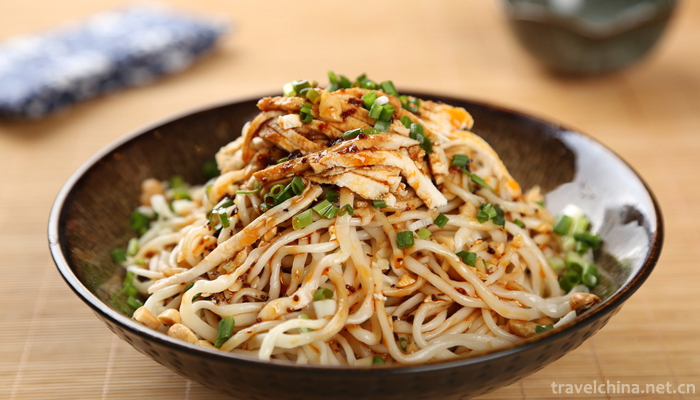
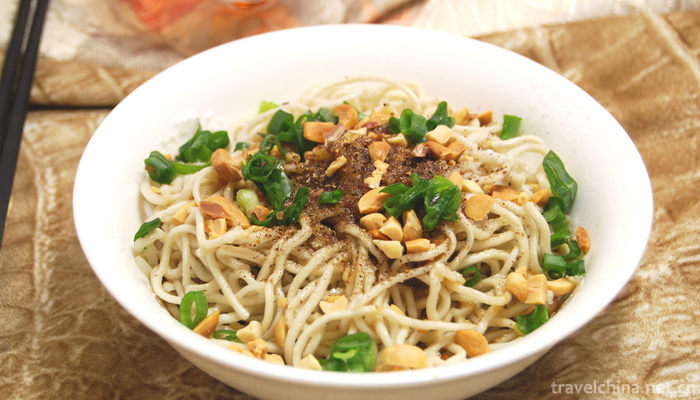

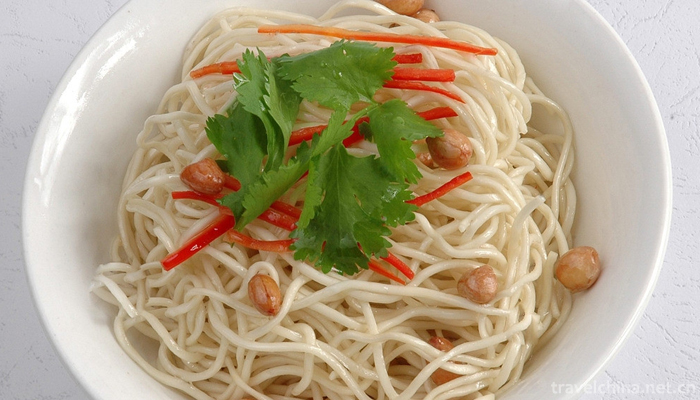

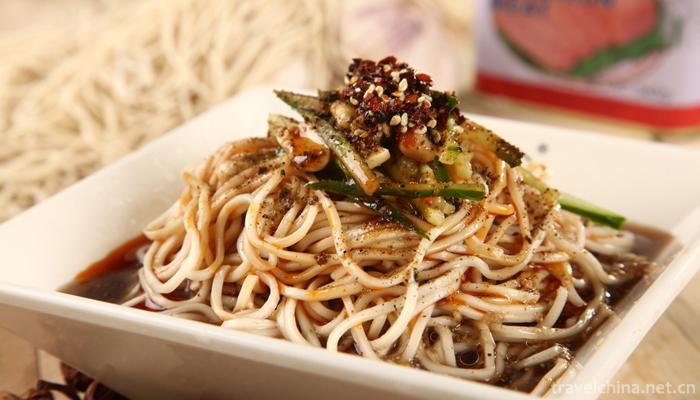
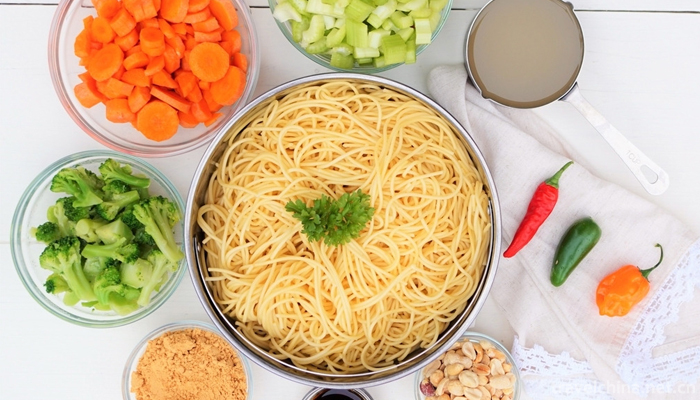
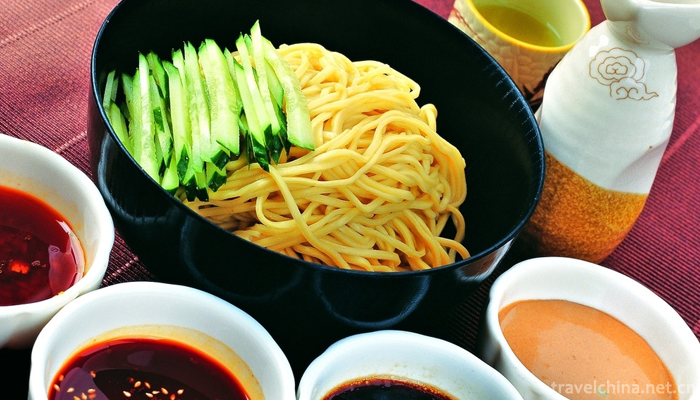
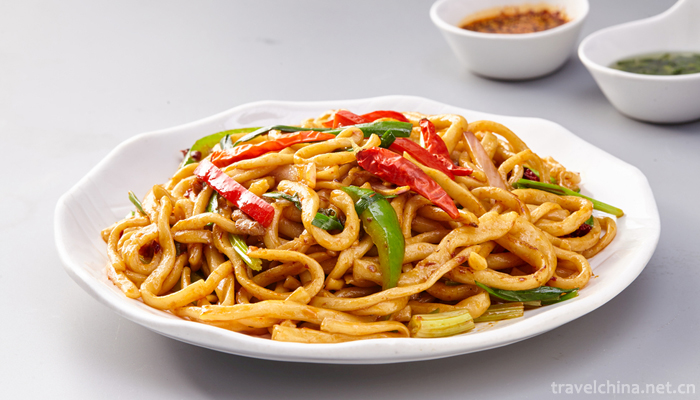
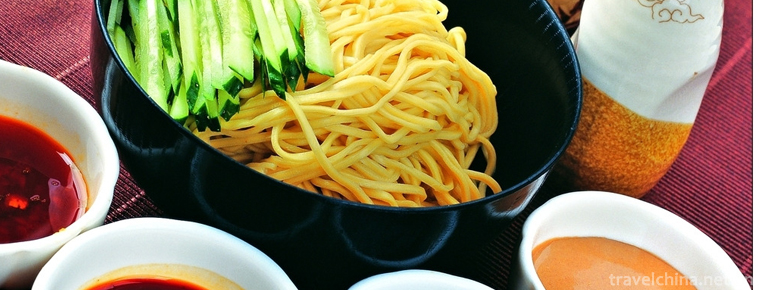
-
1.Black Valley Scenic Area
Black Valley, National AAAAA Tourist Scenic Spot, National Forest Park, National Geopark, China's Best Leisure Mountain, China's Best Green Low Carbon Tourist Leisure Spot
Time 2019-01-13 -
2.Hohhot Laoniuwan Tourist Area
Laoniu Bay is located at the entrance of Shanxi-Shaanxi Grand Canyon. This is the Great Wall, the only typical parallel section of the Yellow River. The widest part of the river is not more than 100 m
Time 2019-01-16 -
3.Golden Sands Beach
Golden Beach is located in the southern end of Shandong Peninsula, the Yellow Sea coast of Qingdao Huangdao District, Golden Beach Road. It is bordered by the Yellow Sea in the South and stretches
Time 2019-01-26 -
4.Muzhaling Luoyang
Located in Checun Town, Songxian County, Luoyang City, Henan Province, Luoyang Muzhaling is a National Nature Reserve of Funiu Mountain and a world geological park.
Time 2019-02-06 -
5.Puning Temple
Puning Temple is located in Chengde City, Hebei Province. It was built in the Qianlong period of the Qing Dynasty. The first half of the temple is Han-style,
Time 2019-02-07 -
6.Song of Sichuan river
Chuanjiang chant is a kind of traditional folk singing form that the shipworkers in Chuanjiang valley of Sichuan and Chongqing area lead the singing by the trumpeters for unified movement and rhythm
Time 2019-04-19 -
7.Gourd sculpture
There are two techniques for carving gourds. One is to use three kinds of special steel needles, large, medium and small, to carve the landscape, flowers and characters in the gourd
Time 2019-05-03 -
8.Cutting Skill of Kaner Well
Kanerjing is the meaning of "well hole". It has been recorded as early as in Historical Records. It is called "well canal", while Xinjiang Uygur language is called "Kanerzi&qu
Time 2019-05-08 -
9.Miao Flower Jumping Festival
Flower Dancing Festival is a traditional festival of the Miao people in Anshun. Legend has it that Yang Lu, a hero of the Miao people, rose up. Till now, Huashan, outside the North Gate of Anshun, is
Time 2019-06-05 -
10.Play with cattle
Playing cattle originated from the worship of nature in ancient times. In the era of farming civilization, cattle farming is particularly important for people's production and life. Therefore, through
Time 2019-06-25 -
11.Wu Anpings tune
Wu'anping DiaoLaozi originated in the late Ming and early Qing Dynasty. Wu'anping DiaoLaozi and Wu'anluozi are two unique local operas in Wu'an City, Hebei Province. They are often performed together.
Time 2019-06-30 -
12.Xujiaquan
Xujiaquan, a traditional boxing method, originated in Tongji Village, Xintai City, Shandong Province. Xujiaquan originated in Yongzheng Period of Qing Dynasty and was created by Xu Shengcai, Gaozu of
Time 2019-07-09